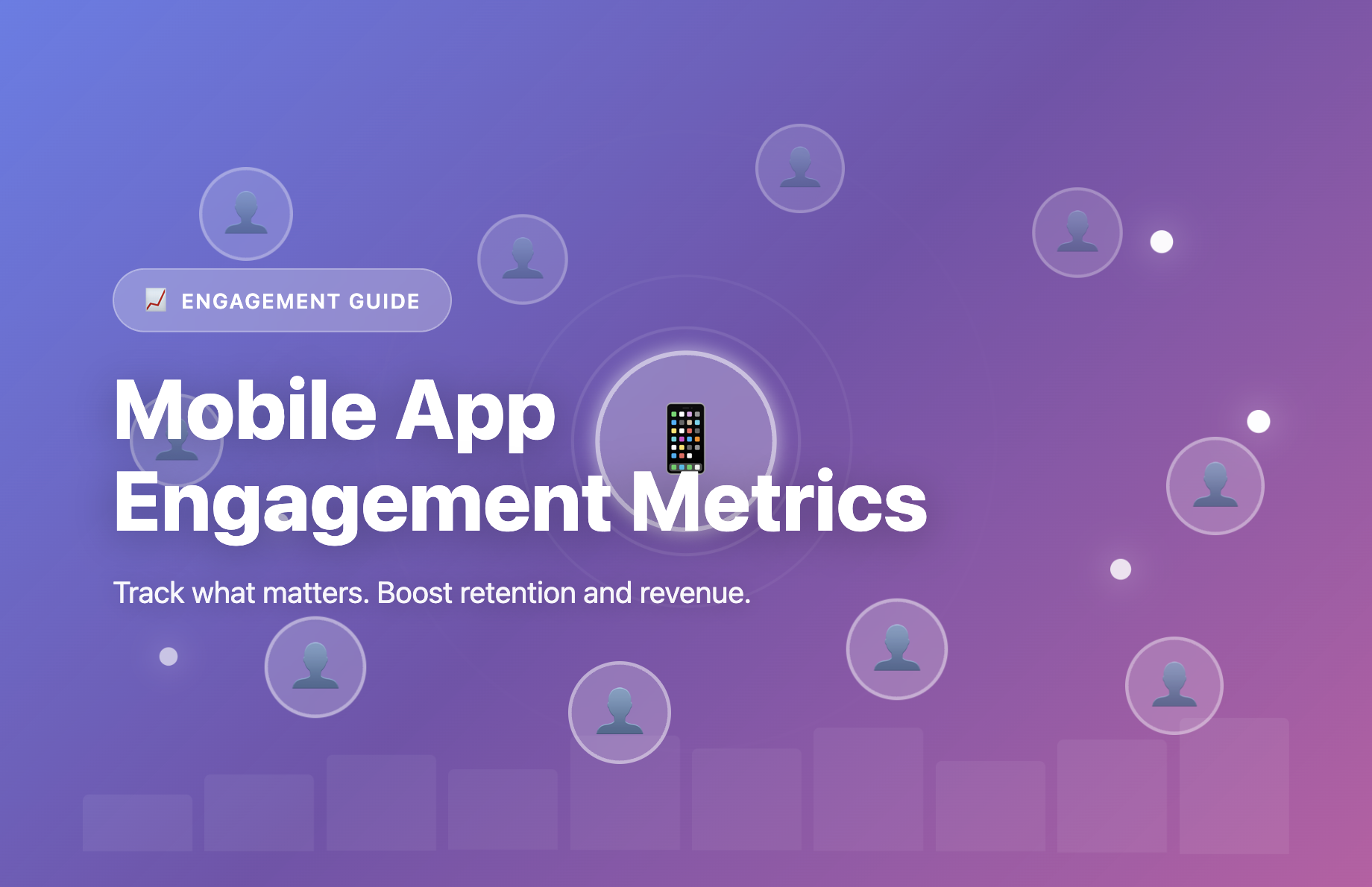We use cookies to ensure you get the best experience on our website. For more details, refer to our cookie policy and privacy policy.
December 2, 2024
5
minutes
A Guide to In-App Surveys
A shift to a continuous research culture can be a competitive edge today, and in-app surveys are crucial in enabling this shift.

Aditya Bhattacharyya

In the last decade, user research has become a core competency for successful tech companies. The most innovative companies across both consumer and enterprise — Spotify, Canva, Robinhood — invest in consistent research activities and relentlessly share and act on this knowledge of the user across their organizations.
When adopted organizationally, a research mentality becomes a unique competitive advantage and provides a fertile ground for innovations based on deep engagement and understanding of what customers truly need.
One of the best ways to bring in a research mentality to your organization, is to make user research a continuous process, not just a one-time exercise.
Traditional methods fall short vs in-app surveys
Most product teams are aware of the benefits of continuous user research, but then why is research still overlooked in a product-first organization?
- Recruiting the right users is challenging. Product managers reach out to users over phone/email. Even if large teams have a product ops team to schedule these calls, the show-up rate on these calls is typically less than 20%.
- Users are out-of-context. On these calls, users do not remember what they were trying to do in the app. Deriving insights is much harder.
- Insights are anecdotal. Email surveys have 2-4% response rates, and a product team can only speak to a handful of users on the call. It is impossible to make essential product decisions by speaking with a handful of users.
.webp)
In the absence of the right user research methods, product teams make decisions on biases, gut instinct and old one-off research exercises leading to:
- Initial assumptions about the user being completely or partially wrong;
- The final product is not user-friendly;
- Product features are confusing for the end user;
- Building features that no one uses or wants
So how can we bring in a culture of continuous research across the organization?
Enter in-app surveys
In-app surveys are surveys or questions embedded within your product, for your users to experience naturally while they use your app.
These surveys are best used when they are triggered very contextually to a subset of your users based on the actions (events) they’ve taken inside your app, or based on who they are (attributes).

In-app surveys help collect insights at scale
In-app surveys yield far better results than email/SMS surveys, being hyper targeted and yield much higher response rates.
- In-context feedback from the user: By asking questions within the user journey, you can capture highly contextual feedback as the user is experiencing the product.
- Right insights from the right users: Questions are highly tailored based on events triggered by the user in the product. This makes the whole experience relevant to their journey and gets you insights from the right cohort of users.
- Higher confidence in the feedback: In-app surveys yield higher than 30% response rates, compared to the negligible 2-4% response rates received on email surveys. This leads to statistically significant insights collected across a broad group of users, eliminating biases.

Use cases for in-app surveys
Hypothesis validation
You can build a hypothesis from multiple sources - maybe it came up in a user research call, maybe you thought of it while watching session recordings, and so on. Now you want to validate your hypothesis with a larger scale of users.
Say users are dropping off at a crucial step in your journey. You have a couple ideas why, but you'd like to know what your users think.
You can use in-app surveys as a multiple choice question to test whether a significant number of users corroborate your hypothesis.
Feature request prioritization
You have a list of roadmap items that you want your users to prioritize, so you just find out which ones your users give most importance to.
Running an in-app survey with the options being the different feature items can point you in the right direction as to which features need to be built out the earliest.
NPS
Most teams are already familiar with collecting NPS. The London School of Economics found in a study that a 7% increase in NPS equates with a 1% increase in revenue overall.
As NPS largely correlates to customer satisfaction with your app, tracking and increasing your NPS over time becomes a key lever to revenue growth.

Plotline brings a continuous research to modern consumer internet companies
Plotline’s in-app surveys help product teams launch contextual micro-questions to specific user segments based on their activity within the app. We provide powerful event-based targeting and user segmentation to help you target the right user at the right time.
The most innovative consumer companies like ShareChat, Meesho and LazyPay already use Plotline to rapidly get insights from their users at scale.
For our Superstore team, we were able to get targeted feedback on a variety of our organic items. Building a feedback collection system in-house would have cost us at least 1-2 months of engineering bandwidth. Today, for any question we have within the product team, our first approach is - “let's run this in Plotline."
- Jatin Bhoj, Senior Product Manager at Meesho
Here’s to hoping you implement a culture of continuous research at your organization too!
Sign up for our newsletter
Thank you! Your submission has been received!
Oops! Something went wrong while submitting the form.
Improve app adoption with Plotline
Join companies like Zepto, Meesho, Upstox and others that use Plotline to test and launch app experiences and boost activation, retention and monetization.
.png)


%201.svg)

%201.svg)
%201.svg)

.jpg)

.png)

